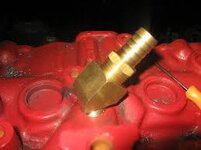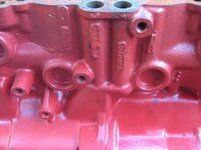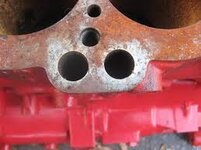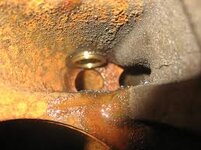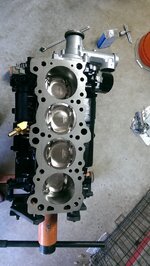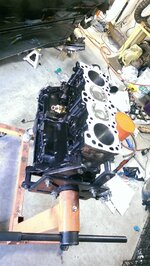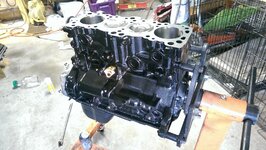WOTDSM
15+ Year Contributor
- 167
- 0
- Dec 3, 2006
-
Detroit,
Michigan
I thought I'd share my experience here. I had both my PCV and my breather vented to atmosphere and it was TERRIBLE. My car wouldn't idle well, I would stall, and my car would lean out terrible at throttle tip in. It was impossible for me to tune these symptoms out with link... I added my PCV back into the system and the problems cleared up. Now I'm not sure if the crank pressure were the root cause of the issues but adding the valve back in DEFINITELY helped. I still need to add the breather back into the system but removing the PCV and breather definitely seem to do more harm than good.



 )
)

